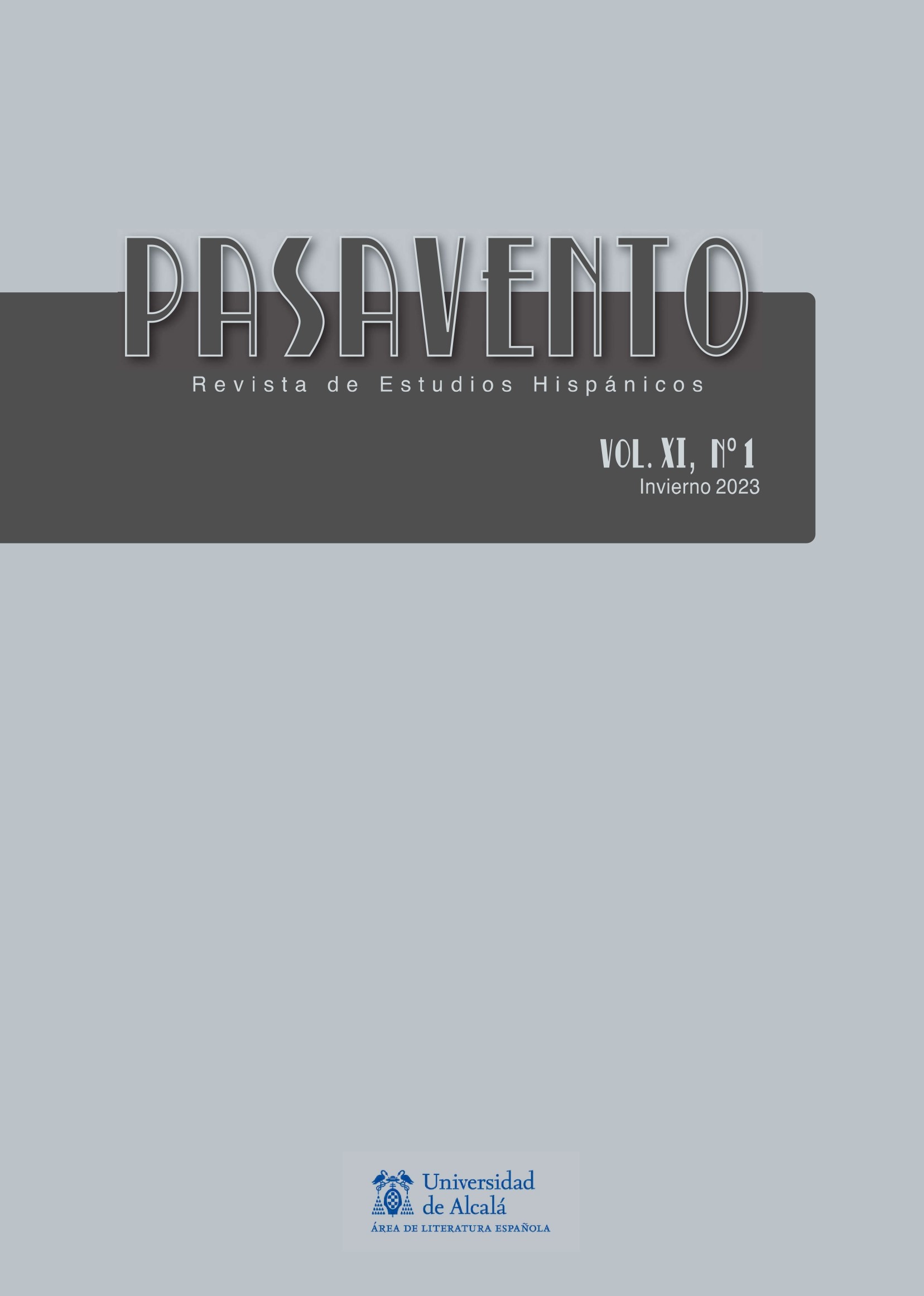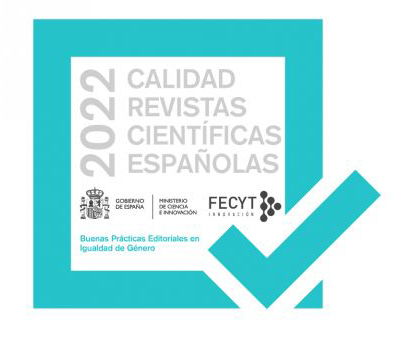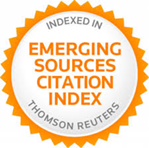Traces of the picaresque tradition in The story of my teeth by Valeria Luiselli
DOI:
https://doi.org/10.37536/preh.2023.11.1.1292Keywords:
Picaresque, Spanish Golden Age, Autobiography, The Story of My Teeth, Valeria LuiselliAbstract
The contributions presented in this paper about the picaresque novel show that a homogeneous series of literary works is not included under this category. However, the temporal and geographic basis are perhaps more precise since it is one of the most important legacies of the Spanish literary tradition and part of the Golden Age. Despite this delimited context, several authors refer to the recurrence of picaresque narrative elements in the literature of later centuries, both inside and outside Spain. So, after presenting an overview of the picaresque tradition that includes its original defining characteristics and its significance in time and space, an analysis of the novel The Story of My Teeth (2013), by the Mexican writer Valeria Luiselli, is developed in order to examine some characteristics that evoke the Golden Age narrative, and extend, in this way, the contributions presented by different authors about the significance of this old literary genre until the late 20th century. The analysis focuses on the autobiographical elements of the novel, the importance of the genealogy of the antihero in his future inclinations and the constant trips he makes through different countries to train as an auction caller. Therefore, the study presents a tripartite structure with three characteristics usually related to the picaresque tradition, as it will be revealed through the theoretical frameworks that accompany the analysis.
References
Alemany Bay, Carmen (2019). “¿Una nueva modalidad de lo insólito en tiempos posmodernos? La narrativa de lo inusual”, in Realidades fracturadas. Estéticas de lo insólito en la narrativa en lengua española (1980-2018), ed. Natalia Álvarez Méndez y Ana Abello Verano. Madrid: Visor Libros, 307-324.
Alfaro, Gustavo (1968-1969). “Genealogía del pícaro”, Anuario de Letras, 7: 189-200.
Álvarez Ramos, Eva (2020). “Brevedad disruptiva en la minificción infantil contemporánea”, Microtextualidades: Revista Internacional de Minificción y Microrrelato, 7: 81-94. DOI: https://doi.org/10.31921/microtextualidades.n7a5
Amaro Castro, Lorena (2017). “Autobiografía, fábula biográfica y deconstrucción del espacio literario en La historia de mis dientes, de Valeria Luiselli”, Revista Laboratorio, 16: 1-21.
Cabo Aseguinolaza, Fernando (1992). El concepto de género y la literatura picaresca. Universidade de Santiago de Compostela: Servizo de Publicacións e Intercambio Científico.
Cavillac, Michel (2004). “El Guzmán de Alfarache: ¿Una ‘novela picaresca’?”, Bulletin hispanique, 106, 1: 161-184. DOI: https://doi.org/10.3406/hispa.2004.5186
Cirlot, Juan Eduardo. (2006). Diccionario de símbolos. Madrid: Siruela.
Eustis, Christopher (1986). “La influencia del género picaresco en la novela española contemporánea”, Thesaurus Boletín del instituto Caro y Cuervo, 41, 1-3: 225-255.
Fernández Urtasun, Rosa e Iriarte López, Margarita (2005). “Huellas de la picaresca en la narrativa española del siglo XX”, in Actas del Congreso El Siglo de Oro en el Nuevo Milenio, vol. 1, ed. Carlos Mata Induráin y Miguel Zugasti Zugasti. Universidad de Navarra. Ediciones de la Universidad de Navarra (EUNSA), 713-724.
Fraga, María Jesús (2015). “Introducción a Fortún, Elena, Mila y Piolín”. Sevilla: Renacimiento.
Garí Barceló, Bernat (2021). “La escritura en movimiento de Valeria Luiselli: del paseo solitario a la venida del otro”, Mitologías hoy, 23: 103-117. DOI: https://doi.org/10.5565/rev/mitologias.793
Gómez Yebra, Antonio (1988). El niño-pícaro literario de los siglos de oro. Barcelona: Anthropos.
La noche temática (2020). “La ciencia del miedo”. <https://www.rtve.es/alacarta/videos/la-noche-tematica/noche-tematica-ciencia-del-miedo/5693392/> (06 de marzo de 2023).
Luiselli, Valeria (2014a). La historia de mis dientes. Madrid: Sexto Piso.
Luiselli, Valeria (2014b). “Entrevista a Valeria Luiselli por La historia de mis dientes”. <https://www.youtube.com/watch?v=JOrY7IjC74c> (6 de marzo de 2023).
Núñez de la Fuente, Sara (2018). “Sobre la tradición picaresca en Mila y Piolín de Elena Fortún”, in A literatura infantil e juvenil em língua espanhola: história, teoria e ensino, ed. Rosane Maria Cardoso. Campinas (Brasil): Pontes Editores, 177-206.
Núñez de la Fuente, Sara (2021): “La narrativa de lo inusual en la literatura mexicana: un estudio sobre Los ingrávidos y Desierto sonoro de Valeria Luiselli”, Brumal: revista de investigación sobre lo fantástico, 9.2: 83-106. DOI: https://doi.org/10.5565/rev/brumal.733
Oliver, María Paz (2019). “La mirada aérea de la flâneuse: el paisaje vertical en Papeles falsos y ‘Swings of Harlem’ de Valeria Luiselli”, Revista Letral, 22: 13-29. DOI: https://doi.org/10.30827/rl.v0i22.9258
Poe, Edgar Allan (2007). “Berenice”, in Cuentos 1, trad. Julio Cortázar. Madrid: Alianza.
Ramírez Rojas, Marco (2018). “La historia de mis dientes de Valeria Luiselli: el relato como mercancía, colección y propuesta de archivo”, Hispanófila: Literatura-Ensayos, 183.1: 333-349. DOI: doi:10.1353/hsf.2018.0035
Rodríguez Ferrer, Rocío (2011). “Sobre reescritura y vigencia de la picaresca en la narrativa hispanoamericana Patas de perro de Carlos Droguett”, Acta Literaria, 43: 9-25. DOI: http://dx.doi.org/10.4067/S0717-68482011000200002
Ruiz Barrionuevo, Carmen (2008). “Introducción a Fernández de Lizardi, José Joaquín, El Periquillo Sarniento”. Madrid: Cátedra.
Sevilla Arroyo, Florencio (2001). La novela picaresca española. Madrid: Castalia.
Shu-Ying Chang, Luisa (2008). “El nomadismo del pícaro, vagabundo y viajero. El Buscón desde el punto de vista posmoderno”, in Actas del VIII Congreso de la Asociación Internacional del Siglo de Oro (Santiago de Compostela 7-11 de julio de 2008), ed. Antonio Azaustre Galiana y Santiago Fernández Mosquera Santiago. Servizo de Publicacións da Universidade de Santiago de Compostela, 143-150.
Yllera, Alicia (1981). “La autobiografía como género renovador de la novela: Lazarillo, Guzmán, Robinson, Moll Flanders, Marianne y Manon”, Anuario de la Sociedad Española de Literatura General y Comparada, IV: 163-192.
Downloads
Published
How to Cite
Issue
Section
License
Copyright (c) 2022 Pasavento. Revista de Estudios Hispánicos

This work is licensed under a Creative Commons Attribution 4.0 International License.








